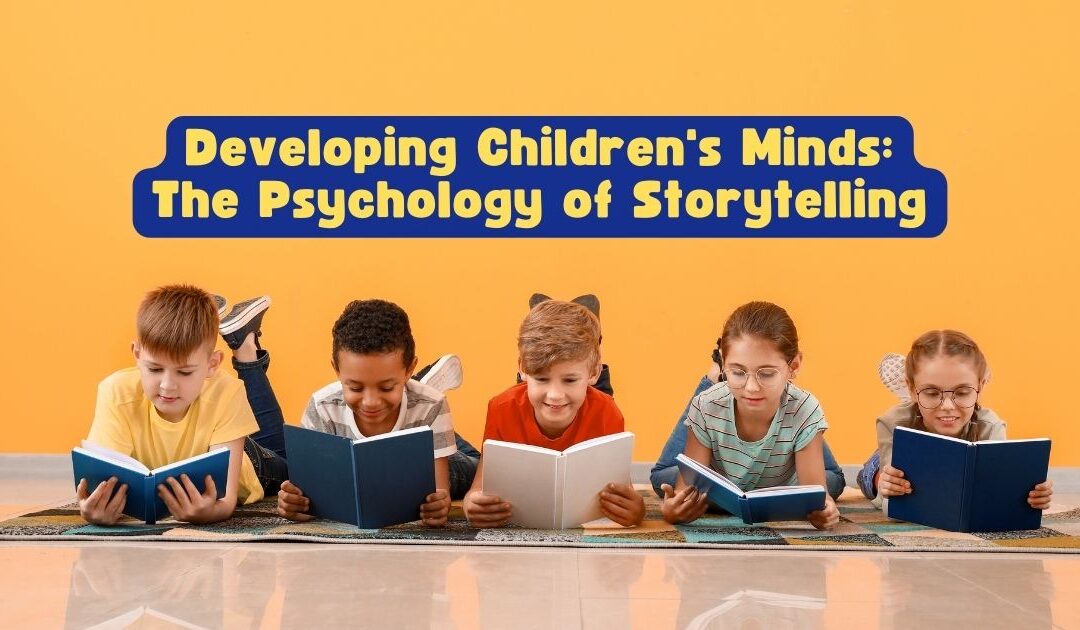Children are amazing beings, full of curiosity, imagination, and limitless potential. Understanding their psychology is critical to directing their development and promoting their well-being. Storytelling is an incredible way to learn about children’s psychology. Let us begin on a trip to discover the profound truths that stories, such as those featured in the “Happiness” book, impart into children’s minds.
The Power of Imagination
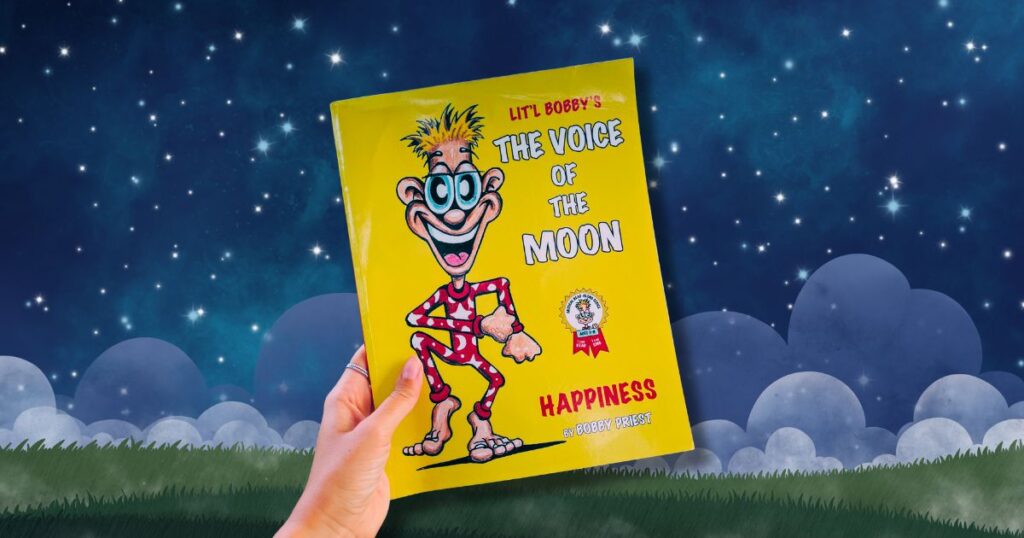
Children’s imaginations are like gardens waiting to bloom, and storytelling is the fertile ground that feeds their creativity. Children all throughout the world immerse themselves in books, creating amazing worlds and embarking on epic journeys in their minds, much as Lit’l Bob does in the “Happiness” book. Children learn important cognitive abilities including problem solving, critical thinking, and emotional management through imaginative play and storytelling. They learn to look outside the box, imagine possibilities beyond the ordinary, and accept the miracles of their own imaginations.
Understanding children’s psychology in terms of imagination requires acknowledging the role of play. Play is the language of childhood, and it is through play that children exercise and develop their creative muscles. Whether they’re pretending to be pirates on the high seas or princesses presiding over mythical kingdoms, youngsters use imaginative play to make sense of their surroundings and explore their deepest ideas and emotions. Stories like those in the “Happiness” book provide fertile ground for imaginative inquiry, prompting children to write their own narratives and embark on their own imaginary adventures.
Emotional Intelligence
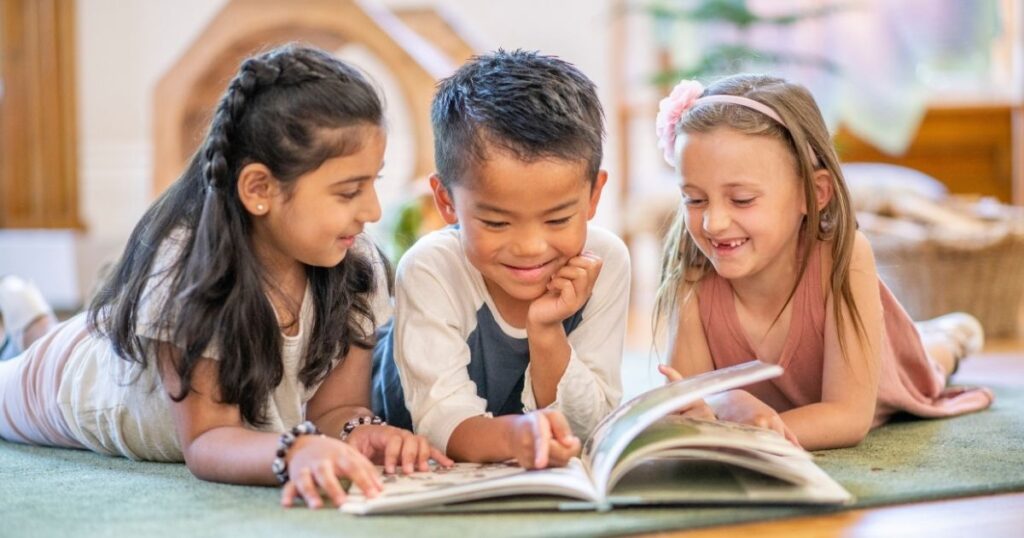
Understanding and managing emotions is an essential component of children’s psychological development. Stories serve as a canvas for expressing a wide range of emotions, from joy and excitement to grief and terror. Lit’l Bobby navigates a spectrum of emotions in his book “Happiness,” offering children with a familiar mirror to comprehend and express their own sentiments. Children who sympathize with Lit’l Bobby’s experiences learn to identify and regulate their emotions, which helps them develop emotional intelligence and resilience. Through stories, children learn that emotions are natural and that they may manage them with grace and understanding.
Furthermore, storytelling promotes emotional literacy by helping youngsters recognize and express their emotions. As children interact with characters in the “Happiness” book that go through a variety of emotions, they learn to define and express their own feelings more effectively. They have a deeper grasp of emotional and social signs, which improves their capacity to interact and connect with others.
By engaging with stories that explore complicated emotions in familiar ways, children receive crucial insights into their emotional landscapes, encouraging increased empathy and self-awareness.
Social Development
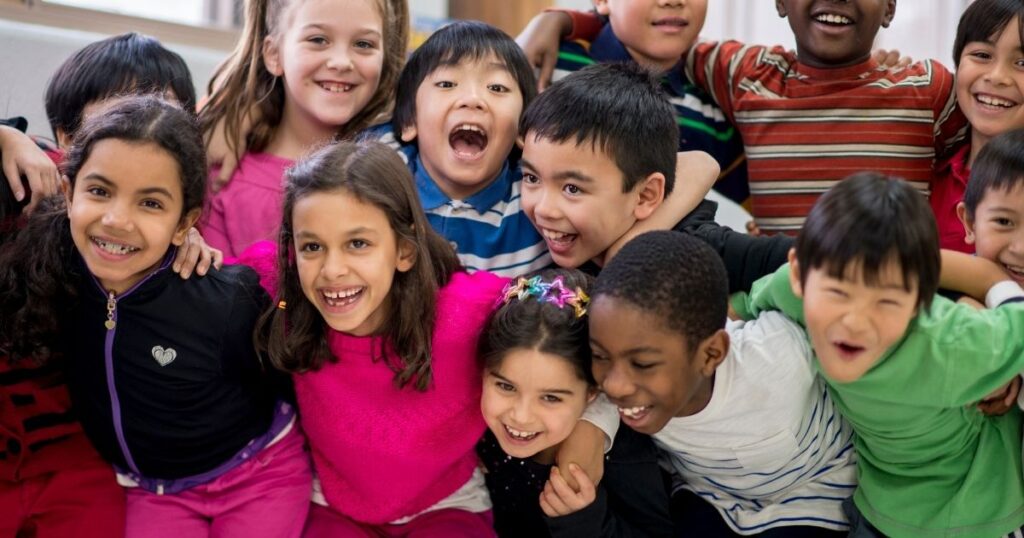
Humans are fundamentally social creatures, and storytelling is a powerful tool for developing social skills and creating meaningful relationships. Characters in the novel “Happiness” such as Lit’l Bobby and The Voice of the Moon show the dynamics of friendship, empathy, and cooperation.
Through their experiences, youngsters learn important lessons about sharing, generosity, and teamwork. They study how characters handle issues, overcome disagreements, and lend a helping hand to one another. These understandings of social dynamics enable youngsters to traverse their own social landscapes with confidence and compassion, setting the framework for healthy relationships and meaningful connections.
Furthermore, storytelling can help children learn empathy and perspective-taking skills. As children interact with characters from various origins and experiences in the “Happiness” book, they gain a better awareness of their surroundings. They learn to see things from various perspectives, comprehend the complexities of human interactions, and recognize the need of empathy in creating understanding and connection. Children learn via stories that empathy is the glue that holds us together, overcoming individual gaps and fostering understanding and compassion.
Identity and Self-Expression

Children are on a voyage of self-discovery, peeling back the layers of their identities and determining their role in the world. This investigation relies heavily on stories with different characters, such as Lit’l Bobby from the “Happiness” book. When children identify with characters who have had comparable experiences or backgrounds, they feel seen, heard, and understood. They find reflections of themselves on the pages of a book, which validates their identities and fosters a sense of belonging. Children are encouraged by stories to express themselves authentically, embrace their individuality, and cherish the amazing tapestry of humanity.
Furthermore, storytelling allows youngsters to discover and express their personalities in a secure and supportive environment. When children interact with characters like Lit’l Bobby who deal with issues of identity and belonging, they are motivated to reflect on their own identities and express their thoughts and emotions. They learn that it is acceptable to be different, to question, and to explore their identities. Through storytelling, children learn about the power of self-expression, finding their voices, and sharing their stories with the world.
Conclusion
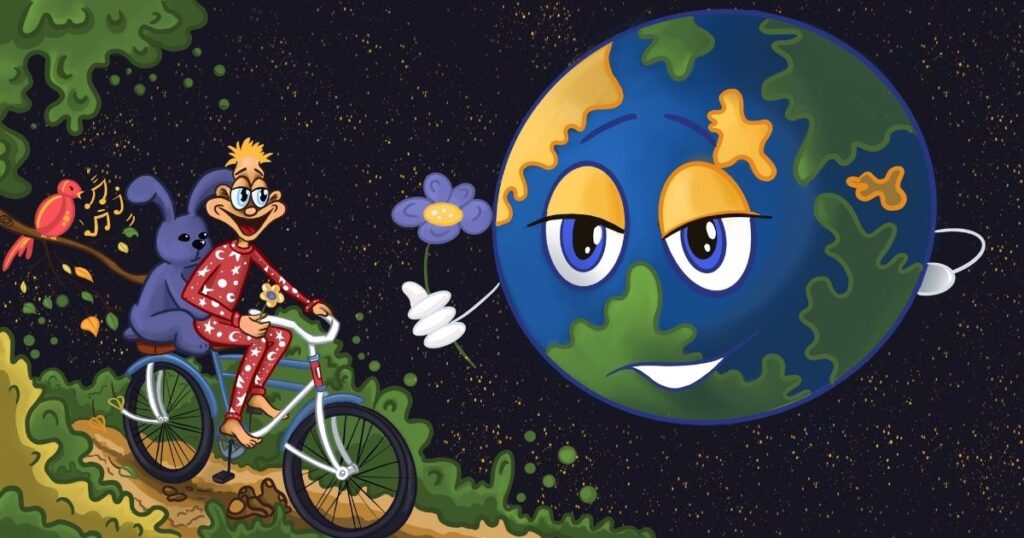
In the complex landscape of children’s psychology, storytelling serves as a bridge between imagination, emotion, social interaction, and identity. Children engage on transforming journeys of self-discovery and progress through stories such as those found in the book “Happiness”. They delve into the depths of their imaginations, manage the intricacies of emotions, form meaningful connections with others, and celebrate the beauty of their personalities. As we use storytelling to nourish children’s minds, we plant the seeds of compassion, resilience, and understanding, creating a brighter future for future generations.

